Table of Contents
● Introduction
● Market overview
● Different types and their features
● Things to consider when selecting products
● Conclusion
Introduction
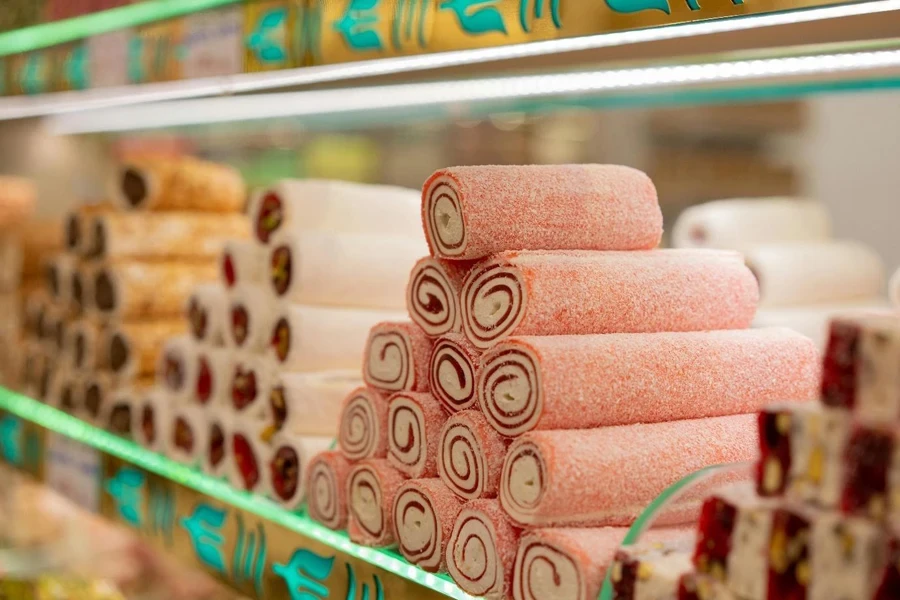
Display shelves are crucial in retail stores as they impact customer behavior and highlight products well for sales performance and aesthetics. The demand for shelves is increasing due to factors like urban trends and DIY projects; hence, selecting the appropriate shelf type is crucial. From wall-mounted units to free-standing displays, every option has advantages that meet different retail requirements. This guide explores the factors to consider when selecting the most effective display shelves to enhance retail environments.
Market overview
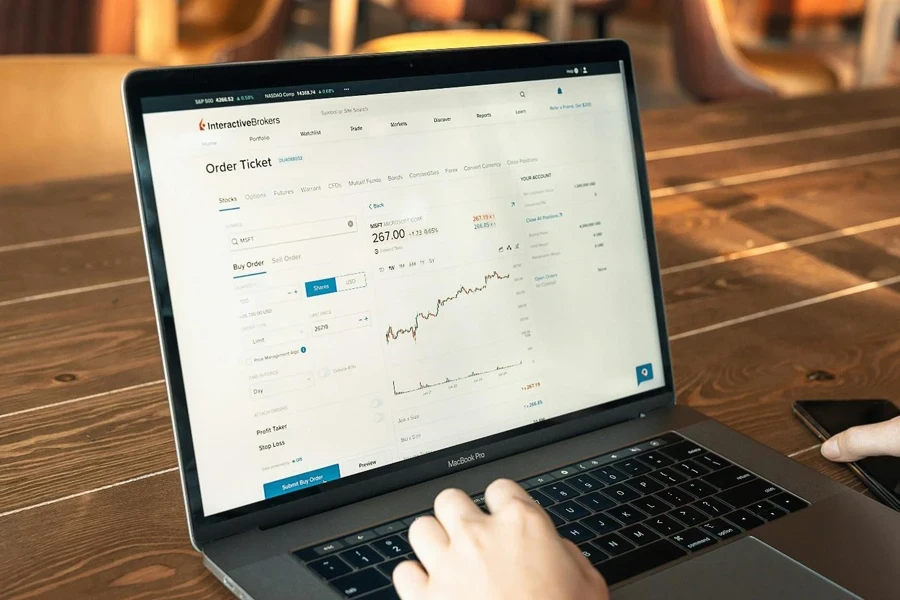
Market scale and growth
The worldwide market for display shelves is set to experience expansion as it is anticipated to reach a value of USD 12.68 billion by 2031 at an annual growth rate of 8.1%. This growth can be attributed to the growing need for flexible and compact storage options due to the urbanization trend and the shrinking living spaces. Additionally, the market is seeing the effects of the increasing popularity of DIY home improvement projects and the thriving e-commerce industry that demands efficient retail display solutions.
As of 2024, wall-mounted shelves take up a chunk at 31%. People tend to prefer these shelves because they use vertical space without taking up too much floor space, which works well in homes and businesses. Wooden shelves are particularly popular due to their durable nature and attractive appearance, holding the largest market share at 39.9% for materials used. In terms of regions, North America is in the lead thanks to its retail setup and a high demand from consumers. In the Asia Pacific region, growth is happening because of higher disposable incomes and urbanization trends, leading to a shift in consumer preferences toward modern retail spaces.
Different types and their features
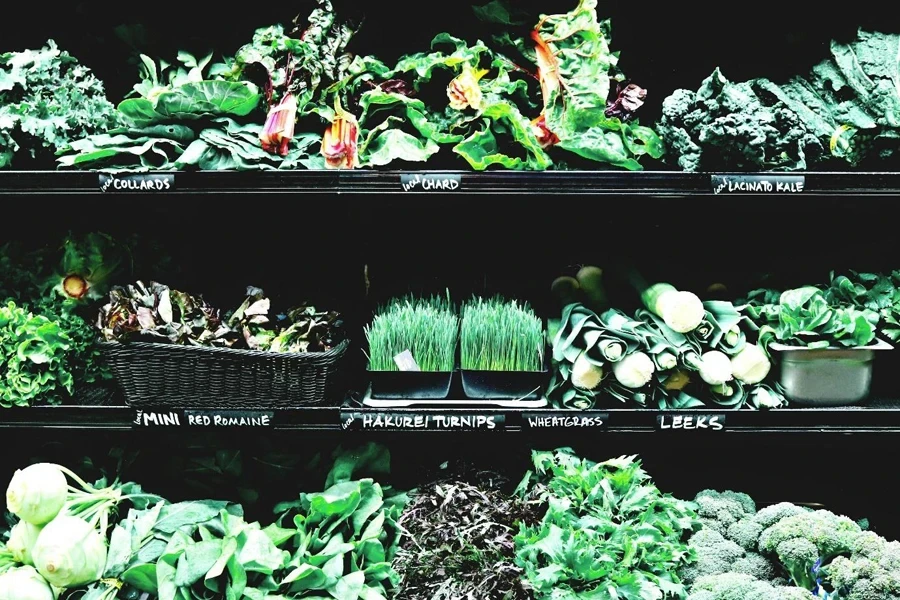
Wall-mounted shelves
Wall-mounted shelves are crafted to utilize vertical space efficiently and are particularly suited for compact retail settings where floor space is limited in supply. Its installation involves securing the shelves to the wall using sturdy brackets or concealed mounting mechanisms that create a sleek and floating look. They come in various materials, like solid oak, stainless steel, and tempered glass. They can hold various items, from lightweight decorations to bulkier electronics or reading materials. The flexible structure of wall-mounted setups permits simple personalization options for businesses to modify shelf heights and distances to fit various product dimensions.
Free-standing units
Stand-alone displays like gondolas and island setups are designed to make products more visible and reachable in retail areas. For example, gondolas usually have metal shelves with pierced sides to attach hooks and extras conveniently. These units generally support a weight of up to 300 pounds per shelf, making them ideal for storing items like packaged foods or household supplies. Store island displays are frequently positioned to attract attention and can be approached from any direction for easy accessibility. Adding wheels with locks allows retailers to swiftly adjust store layouts in response to sales and inventory modifications.
Countertop displays
Countertop displays are sturdy fixtures meant to be placed at the checkout area to attract impulse purchases that are easily accessible to customers. These showcases are commonly made of acrylic or PVC materials for lasting quality without adding unnecessary weight. Most countertop displays feature many levels and separators to display a range of small items in an orderly fashion. Clear or semi-transparent materials are utilized in these displays to keep the focus on the products themselves while incorporating LED lighting to improve visibility and attractiveness in dim light conditions.
Specialty shelves
Specialty shelves are designed for specific products like fresh produce or baked goods and have unique features to improve how long the items last and how they look when displayed in stores or markets. For example, fruit and vegetable displays usually have shelves made of ventilated wire material along with adjustable humidity controls to keep the items fresh. Bakery shelves are often constructed using food materials, like powder-coated metals. They might come with retractable glass doors or covers to safeguard the products from contaminants while allowing customers easy access. Retailers can adjust these shelves to suit their store layouts or expand them as needed since they are often modular in design.
Innovative feature shelves
Cutting-edge display shelves now incorporate state-of-the-art technologies to improve customer engagement and simplify processes. Smart shelves come with RFID sensors and digital price tags that automatically update prices and stock levels without needing inventory audits. Furthermore, these shelves can be linked to store management systems to offer insights into customer trends and product efficacy. Digital screens integrated into the shelves enable the presentation of engaging content like videos or interactive product showcases that can be customized based on the preferences of different customer groups or current shopping trends.
Things to consider when selecting products
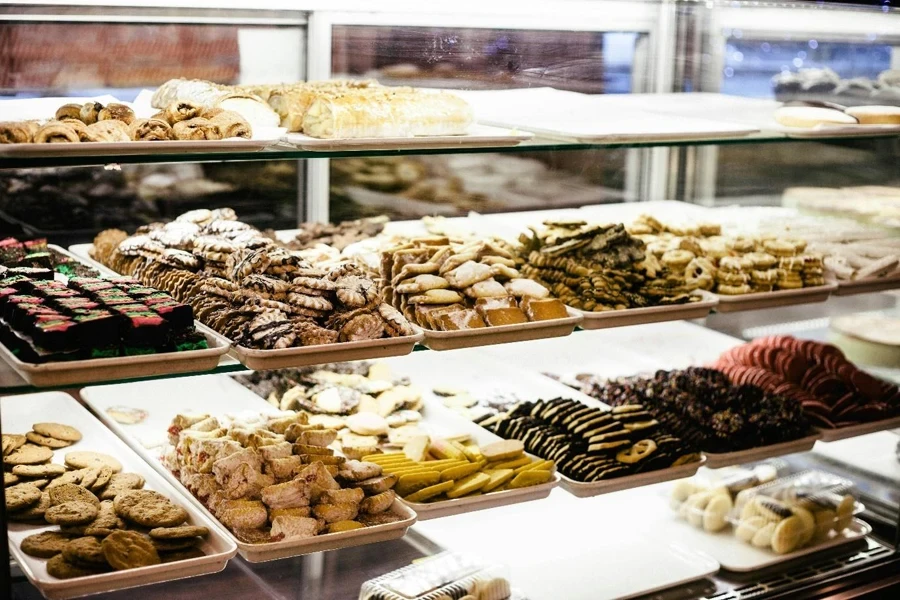
Store layout and design
When choosing display shelves for a store design, a key factor to consider is that the shelves blend well with the store’s overall look and also help enhance smooth customer flow within the shop space. For instance, gondola shelves are designed with perforated sections that permit customized arrangements of accessories, allowing retailers to set up clear aisles to direct customer traffic effectively. In areas with foot traffic, it’s important to utilize shelves with sturdy bases and anti-tip features to guarantee stability when handling heavy merchandise loads. Furthermore, wall-mounted modular systems with concealed brackets provide a sleek look and allow for easy adjustments as the store layout changes over time.
Product type and size
When choosing shelves to display products properly and safely, consider their strength and durability needs first. For items like machinery or tools, shelves made of sturdy cold steel with a protective powder finish are used to prevent rust. These shelves are usually rated for weight capacity to hold your items securely. On the other hand, for lighter items like electronics or fragile glassware, opt for shelves with adjustable glass panels or cushioned surfaces for added protection. These attributes not only guarantee the product’s safety but also enable adjustments to the height and spacing of shelves to accommodate items of different sizes while keeping a neat and orderly display.
Customer behavior and preferences
Choosing display shelves effectively requires considering ergonomics and how people interact with them in stores. When choosing shelving systems for product display purposes, consider incorporating angles that can be tilted to suit different placement heights. This helps ensure that products are easily visible and within reach for customers. For items like cosmetics or small gadgets that customers frequently touch or handle while browsing through the store shelves, consider using surfaces that prevent slipping or barriers made of clear acrylic to keep items securely in place and avoid any accidental damage. Moreover, integrating LED lights with adjustable brightness can improve the visibility of products in dimly lit spaces to meet customers’ preferences. By studying how long customers stay in areas and their paths within the store, retailers can fine-tune the placement of these shelves to boost interaction.
Budget and maintenance needs
Considering the overall cost beyond the initial buying price is important when planning shelving expenses. Things like the expected lifespan of the shelves and how much maintenance they’ll need over time for upkeep and adjustments to suit changing needs in your space. Investing in shelving units crafted from materials like anodized aluminum or stainless steel can save money in the long run as they are tough against wear and tear and need little upkeep. Furthermore, having systems with features like quick-release mechanisms or tool-less assembly can make rearranging inventory a breeze and minimize any disruptions during changes. To ensure that the shelves retain their look and durability, think about how easy they are to clean and ensure they resist stains and corrosion.
Conclusion
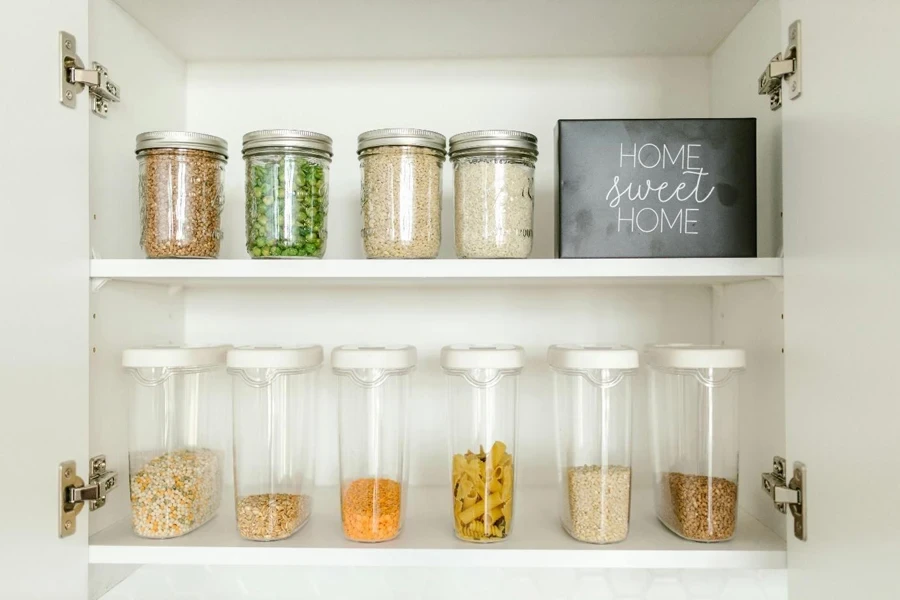
Choosing the right display shelves is vital for maximizing space and enhancing the shopping experience as a whole. Aligning shelving selections with the latest market trends and the unique requirements of the products can help retailers enhance store appearance and boost sales significantly while increasing brand recognition. The appropriate shelving options establish an attractive setting that fosters customer interaction, leading to a thriving retail venture.



